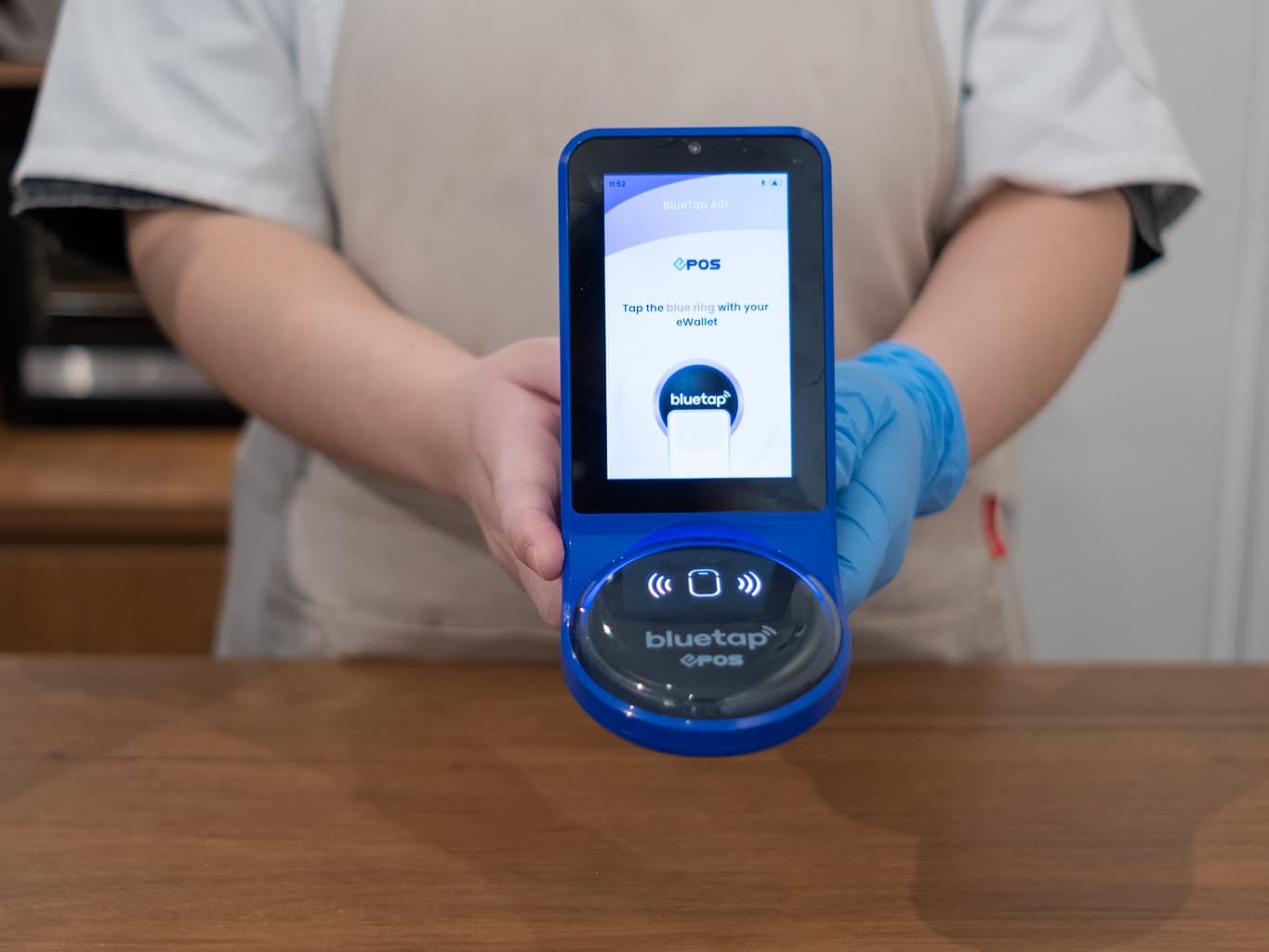
By: Koen Christiaens, Chief Product Officer, Rydoo

The term ‘automation’ has become more than just a buzzword for businesses. In 2020, 66% of organisations were in the process of automating at least one business function, according to a report by McKinsey. Many finance departments within these organisations are tasked with finding ways to bring in new technologies in order to feel the full benefits of enhanced efficiency and improved processes for their staff.
Digitising the expense management process is a highly effective way to boost business performance, bottom-line profitability, and ease the load of manual tasks. However, for many companies, it seems to be left out in the cold, and at the foot of many priority lists.
Often companies can be focused on making big changes to massive systems that may take up a lot of resources, yet have a questionable return for their investments. If done so correctly, automating travel and expense management processes can deliver a significant return for the effort required and the great news is that it doesn’t take a huge amount of resources.
With that in mind, let’s explore why this particular weapon should be in the arsenal of modern day businesses. The elements of ROI
The first thing to say is that Return on Investment is made up of a variety of different elements. However, experience tells us that many organisations will choose to focus on one or two key areas most pertinent to their objectives.
Often people will hone in on the cost of the system. This is natural because of course, this is the first thing that you need to know if you want to implement a new expense management solution. However, you also need to factor in any extra costs of setting up. Although a system might seem cheap on the surface, adding extra bolt-on features, a new brand or an extra layer of control during implementation can suddenly start to make things expensive. For on-premise, installed solutions you also may need extra server space and your connections in and out might need to be enhanced.
You’ll also need to think about connectivity with your other systems (often this will need different modules) and you may need to buy different licences depending upon who is using the system. If you choose to go for a SaaS system, then you often find that the initial price sounds cheap, but can quickly increase as you add functionalities.
Finding a complete automated expense management solution with all the functionalities you need is important for a fast return. However, you may also find that your teams need additional features to help with external auditing or more robust insights on expenses, so having the option to add these to your stack will be key to supporting your teams with the right technology.
You may also find that additional investment is required to train your workforce. Don’t underestimate this, because if people don’t know how to use the new system or tool, they won’t, or not correctly. You may well need to dedicate internal resources to help with implementation and configuration as well. The other side of the equation is how much money you can make, or in the case of expense management, save, as a result of implementing a new system. As every business knows, low costs plus high benefits equal a great ROI. Fast implementation at low-cost
The longer it takes to get a solution up and running the more expensive it is going to be. You will need to invest more internal resources to help and will probably be charged more for consultancy fees by the provider. Plus, if it takes forever to get your system in, then you have a long delay before you can start realising the benefits.
Getting finance tech tools in place as quickly as you can improves your project ROI. The key to a truly cost effective solution ultimately lies in choosing the right partner for a business’ needs, objectives and budget. This way, decision makers can unlock the benefits of automation for their team with an easy setup process, no downtime and no nasty surprises along the way.
Reduced manual processing equals cost savingsMany finance teams migrate to automated solutions from Excel or paper-based systems. They know that the more manual work you do, the more it costs and ultimately want a system that will reduce manual inputs and remove the need to double key data.
Throwing more hours at an issue also means that your people can’t get involved in more value-add activities, in other words, there is an opportunity cost of manual processing.
This issue is often a key driver that prompts finance and expense managers to start looking for a new solution. In this increasingly hybrid world that we find ourselves in, the use of mobile applications and on-the-go features are instrumental for allowing employees to get back to the day-to-day tasks in their roles – saving time and money whilst freeing up resources to focus on more complex work.
In many cases, tools like expense management systems can create a win-win for people across the business. Businesses are happy that people no longer have to spend time filling in paper forms and the employees are happy that they can claim expenses quickly and easily.
Where an expense management solution truly wins is that it removes the need for double keying, it reduces manual processing and it automates many of the processes such as authorising claims that managers will otherwise need to do.
Getting started with expense management automationCompanies looking to upgrade their finance technology stack should always start by looking for quick wins that offer maximum impact. Reducing your costs by rapidly implementing an easy-to-use expense management solution is an effective way to please your people and can give finance teams a sound platform to undertake further implementations later on.
For finance departments looking to make efficiency gains, automating expense management can be a powerful tool – particularly as business executives begin to return to travel in the months ahead. The time to implement coupled with a generally low training burden means that your people can make the best use of their working days and be freed up to look at other areas of the business that can be digitally transformed.


